Pauline Bomball is a full-time tenured Lecturer at the Australian National University Law School, and currently a Fellow at the Labor and Worklife Program at Harvard Law School.
The employment status of Uber drivers has, to date, been considered in two Australian cases. In both cases, the Fair Work Commission (Australia’s national workplace relations tribunal), concluded that the drivers were independent contractors and thereby ineligible to bring unfair dismissal claims under Australia’s federal labor statute, the Fair Work Act 2009 (Cth).
Background
In Australia, many statutory labor and employment rights, such as those pertaining to collective bargaining, minimum wages and unfair dismissal, are conferred upon employees only. In the absence of a statutory definition of the term “employee”, Australian courts and tribunals apply a common law multifactorial test that requires the weighing up of a range of factors, including whether the hiring entity has a right to control the worker; whether the worker is required to perform the work personally; whether the worker is integrated into the hiring entity’s business; whether the worker is paid per task or by reference to time worked; whether the worker supplies her own equipment; whether the worker is permitted to work for others; and whether the hiring entity has assumed responsibility in relation to taxation, superannuation, workers’ compensation and leave.
The Uber Decisions
The first decision, Kaseris v. Rasier, was handed down on 21 December 2017. In concluding that the former Uber driver was an independent contractor, Deputy President Gostencnik noted that the driver had “complete control” in respect of his work. He could choose when and for how long he worked. He could decide when to log on and off the Partner App and whether to accept or reject trip requests. While the initial services agreement between Uber and the driver had stipulated that he would be automatically logged off for two minutes if he did not accept a minimum number of trip requests, this automatic block out was removed from March 2017. Uber controlled pricing and enforced service standards, but these were “not overwhelmingly strong factors.”
As to the other factors, Deputy President Gostencnik noted that the driver supplied his own equipment, including his vehicle and phone, and was responsible for insuring and keeping his vehicle registered. Uber did not make superannuation contributions on his behalf, nor did it provide him with leave entitlements or arrange for workers’ compensation for him. The driver was responsible for his own taxation arrangements. He was paid a fee for each trip, rather than wages. The services agreement prohibited him from displaying the Uber logo on his vehicle and clothes. The agreement was labelled an independent contracting arrangement. While Deputy President Gostencnik acknowledged that labels are not determinative, he said that the “totality of the relationship” supported the label.
As to the integration factor, Deputy President Gostencnik observed that “although drivers are necessary in order that [Uber] can generate income, there is little material from which it may be concluded that there is any significant integration” of the drivers into Uber’s business. In addition, he said that there was no work-wages bargain between Uber and the driver, in the sense of “an obligation on the one side to perform the work or services that may reasonably be demanded under the contract, and on the other side to pay for such work or services” because the driver was under no obligation to perform any work for Uber and Uber had no legal obligation to the driver save for giving him access to the Partner App and remitting the fares for each trip. Deputy President Gostencnik referred to Aslam v. Uber (which was upheld on appeal, and is now subject to a further appeal) in which the UK Employment Tribunal had found that Uber drivers in London fell within the statutory “worker” category under UK employment legislation. However, he said that Aslam was “of no assistance” because it concerned the “worker” category, which was more expansive than the employee category.
In the second decision, Pallage v. Rasier (handed down on 11 May 2018), Commissioner Wilson proceeded along largely similar lines. He did, however, acknowledge that it was not clear that the Uber driver ran his own business, noting that the work was “largely unskilled” and that the driver “did not bring anything especially entrepreneurial to the arrangement, merely the provision of things such as his time and his car.” Nevertheless, Commissioner Wilson observed that all of the factors, except for two, indicated that the worker was an independent contractor. The two factors in favour of employee status were that Uber had the right to discharge a driver for breaching its service standards and that the driver was required to perform the work personally.
Analysis
Several points warrant discussion. I will address four of those here. First, in both Kaseris and Pallage, the Commission endorsed the point made by a US District Court judge that “Uber does not simply sell software; it sells rides.” That is, Uber is a transportation company, not a technology company. Other parts of the judgment in Kaseris, including the conclusion that there was no significant integration of the drivers into Uber’s business, are difficult to reconcile with this point. There is some uncertainty surrounding the concept of integration, but on one view, it requires consideration of whether the work performed is integral to the hiring entity’s business. If Uber is a transportation company, then the better view is that the drivers – who carry out the transportation services – are integrated into Uber’s business.
Second, in concluding that Uber exercised limited control over its drivers, the Commission focused on the drivers’ freedom to work whenever and for however long they wished. However, a holistic assessment of the relationship reveals a far greater degree of control. Among other things, Uber controls prices, sets service standards, monitors those standards through the customer ratings system and discharges those who fail to meet the standards.
Third, in some Australian cases (e.g, FWO v. Quest; On Call Interpreters; cf Tattsbet v. Morrow), it has been observed that the “ultimate question” is whether the worker is an entrepreneur carrying on her own business. If the answer is yes, then the worker is an independent contractor; otherwise, she is an employee. Both Kaseris and Pallage adopted this “ultimate question”. Yet, if entrepreneurialism is the touchstone, then the better view is that Uber drivers are employees. Uber drivers are not entrepreneurs. Among other things, they cannot set their own prices nor “grow” their own businesses. As the UK Employment Tribunal observed, “the notion that Uber in London is a mosaic of 30,000 small businesses linked by a common ‘platform’ is to our minds faintly ridiculous.”
Finally, while Deputy President Gostencnik said that the UK Employment Tribunal’s decision was of no assistance because it was based on the “worker” category, a closer examination of the decision indicates that it may equally have supported a finding of employee status. As Professors Stewart and Stanford have noted, “it seems likely that, if asked, the tribunal would also have found the drivers to be employees at common law.”
A former delivery rider has recently commenced unfair dismissal proceedings against food delivery company Foodora. The Fair Work Commission will, accordingly, soon have another opportunity to clarify the employment status of workers in the gig economy.
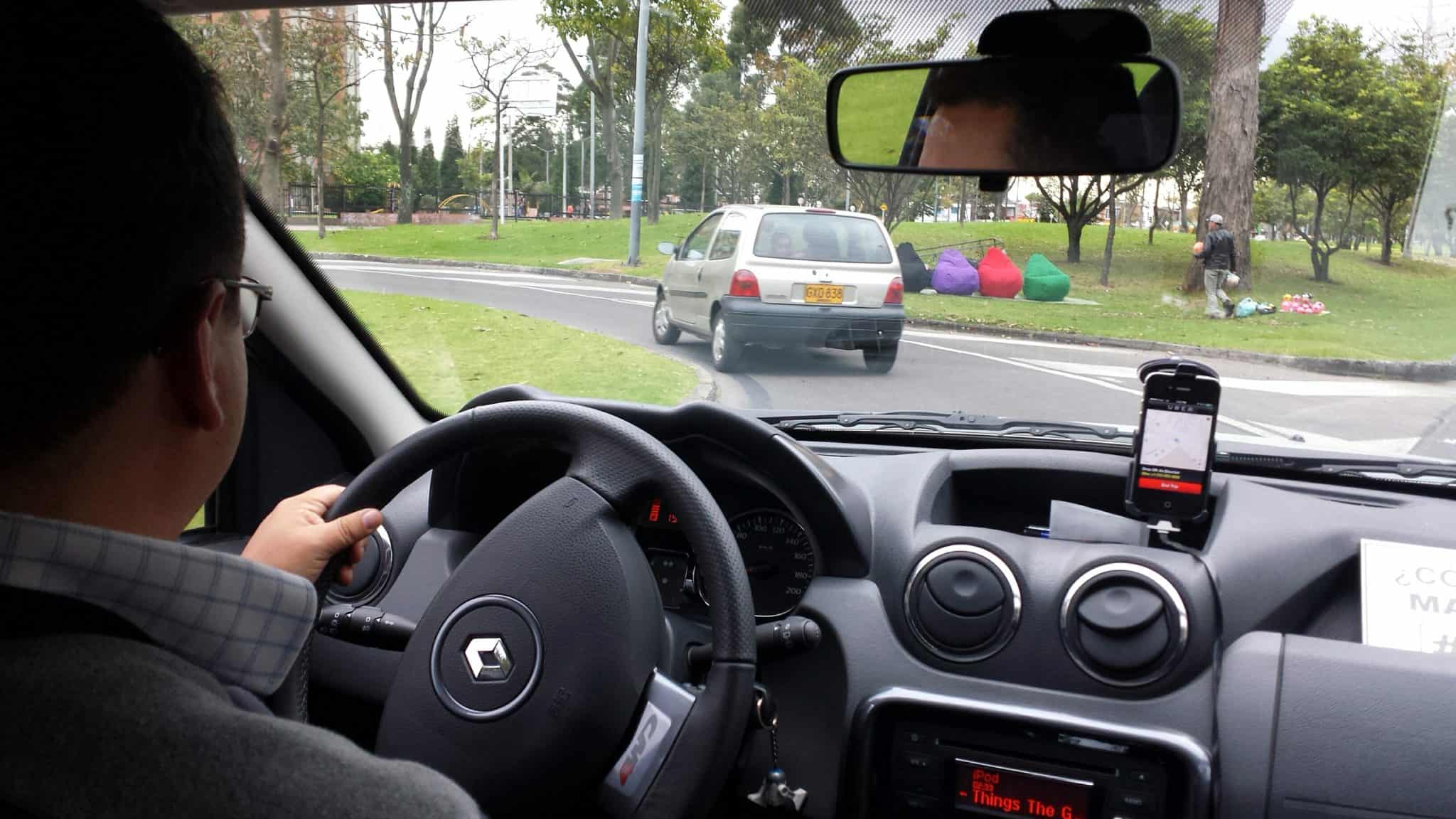
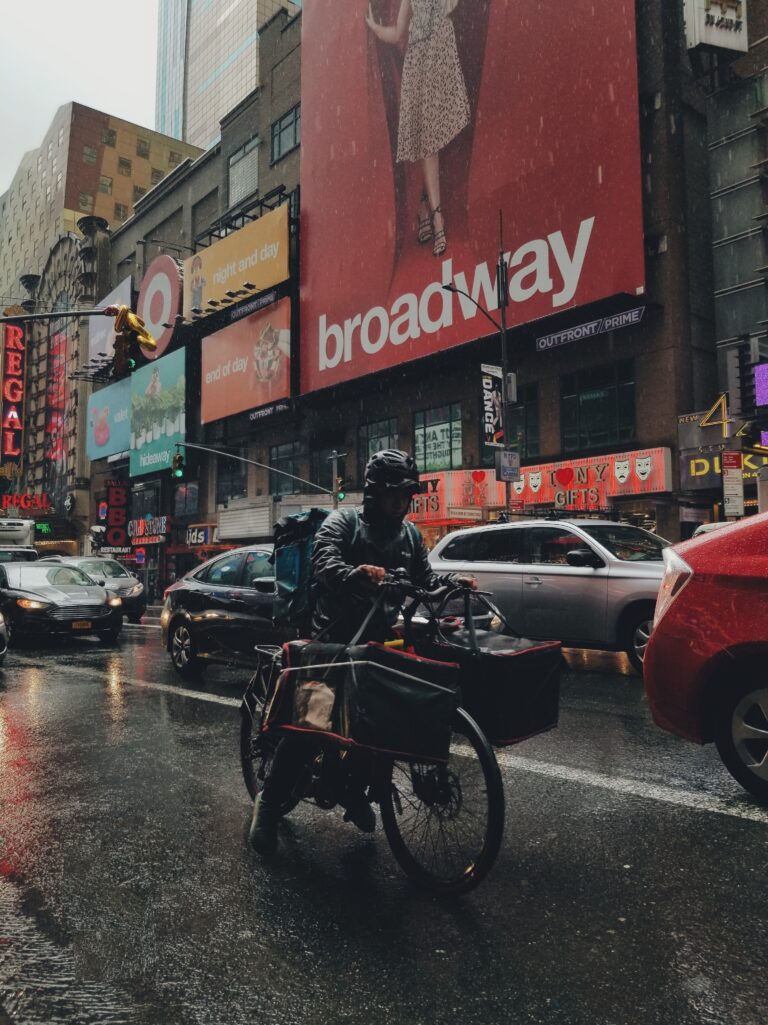


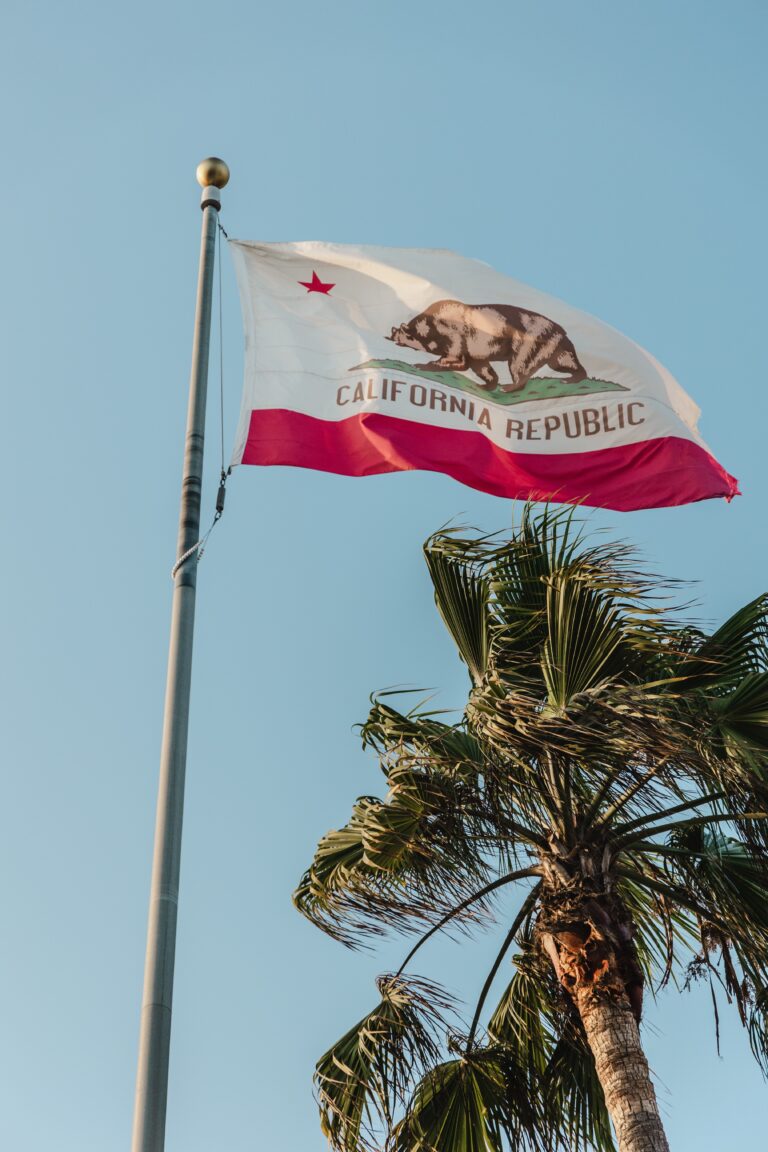
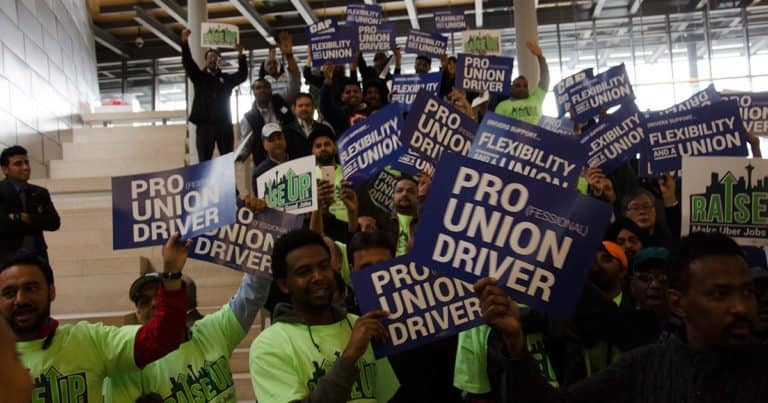
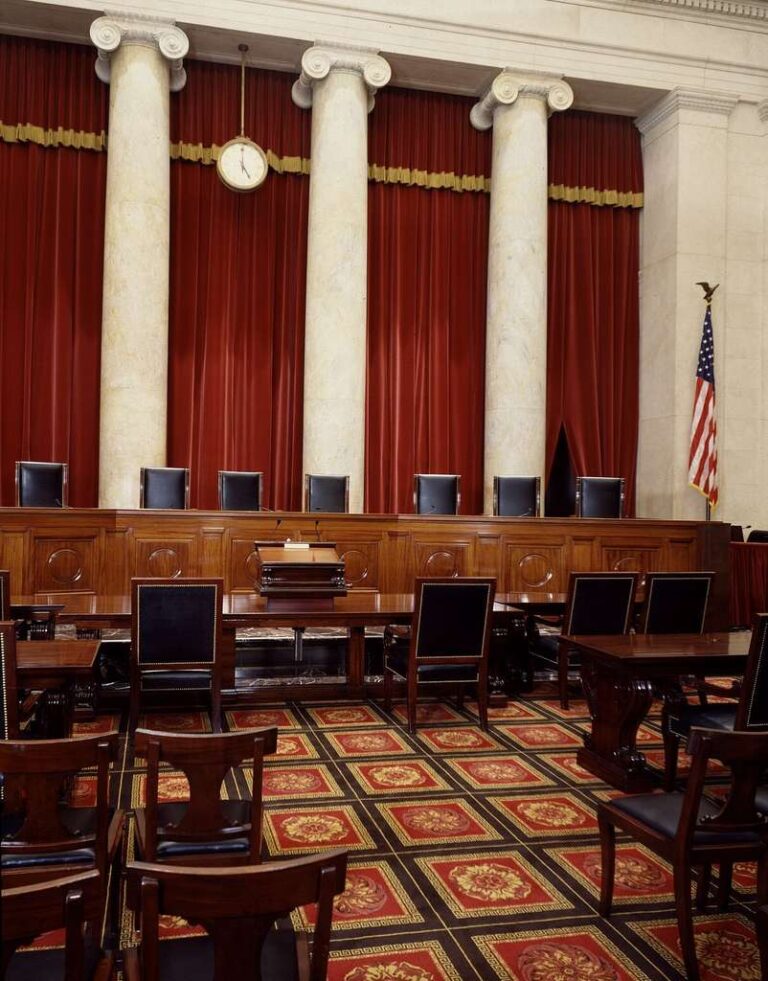
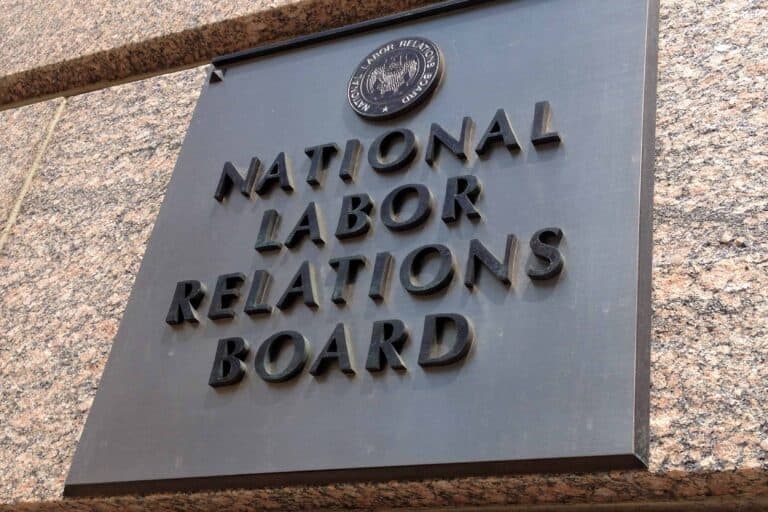
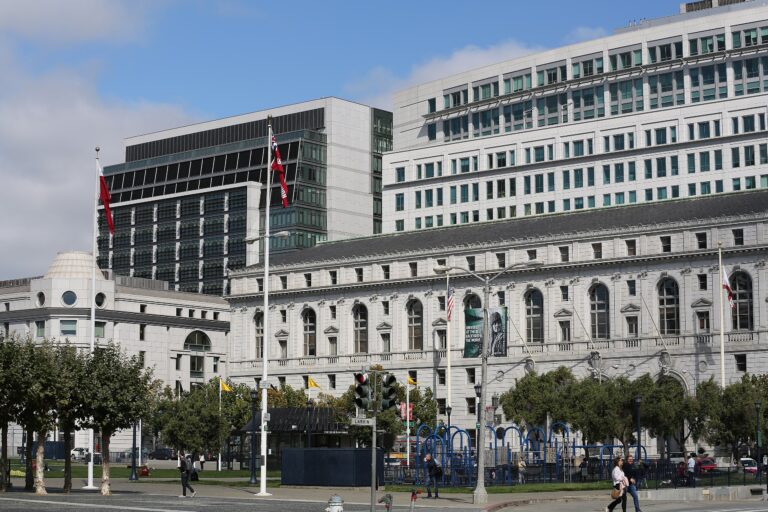

Daily News & Commentary
Start your day with our roundup of the latest labor developments. See all
October 17
Third Circuit denies DOL's en banc rehearing request; Washington AG proposes legislation to protect immigrant workers; UAW files suit challenging government surveillance of non-citizen speech
October 16
NLRB seeks injunction of California’s law; Judge grants temporary restraining order stopping shutdown-related RIFs; and Governor Newsom vetoes an ILWU supported bill.
October 15
An interview with former NLRB chairman; Supreme Court denies cert in Southern California hotel case
October 14
Census Bureau layoffs, Amazon holiday hiring, and the final settlement in a meat producer wage-fixing lawsuit.
October 13
Texas hotel workers ratify a contract; Pope Leo visits labor leaders; Kaiser lays off over two hundred workers.
October 12
The Trump Administration fires thousands of federal workers; AFGE files a supplemental motion to pause the Administration’s mass firings; Democratic legislators harden their resolve during the government shutdown.